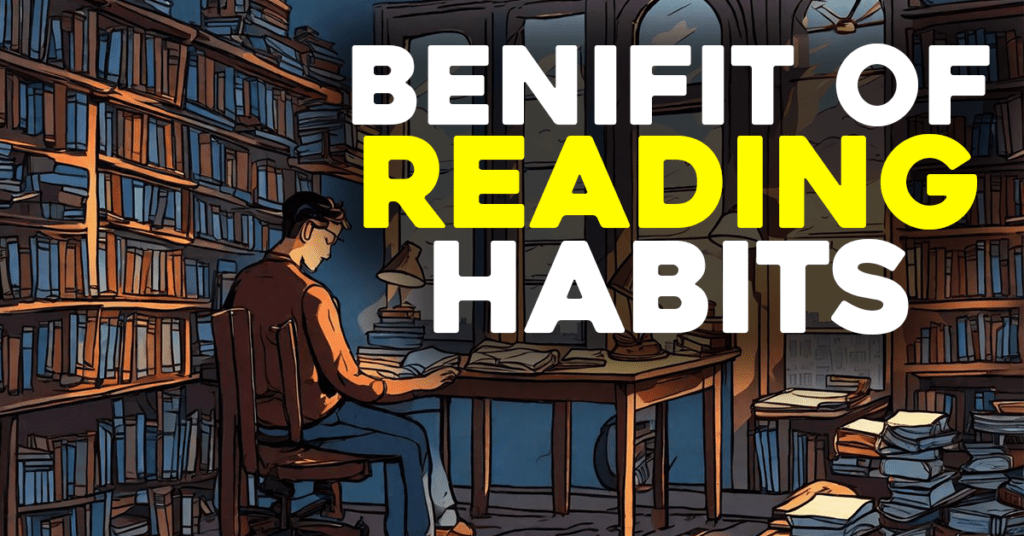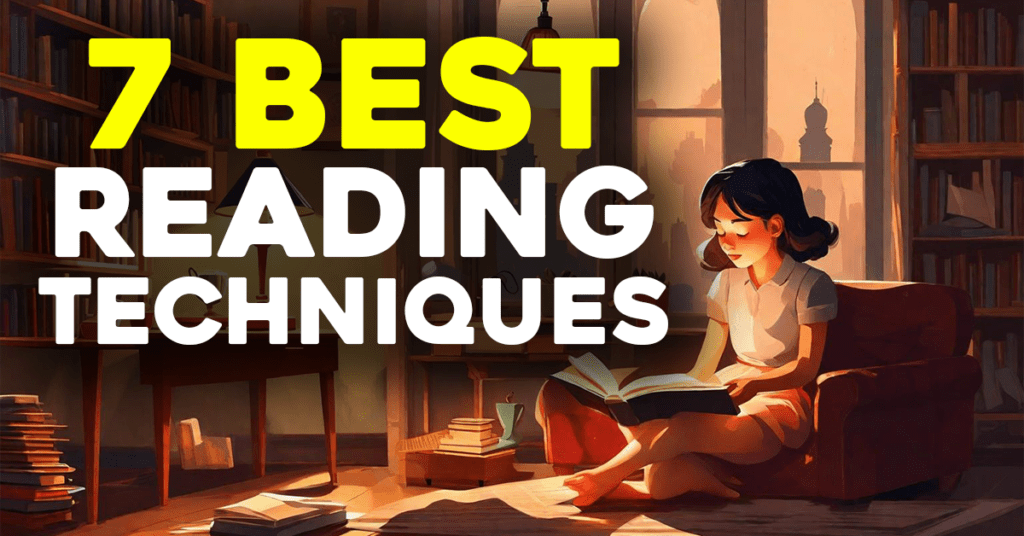Introduction
Strategic thinking is the foundation of good leadership and decision-making. It also includes preparation for the challenges of tomorrow, the establishment desire outcomes and making plans to meet them. Whatever the scenario you find yourself in as a manager, business owner or just someone with ambition for personal development, strategic thinking is something that can assist and keep you informed to ensure that your ahead of whatever consequences may arise from better judgement. In this thorough article, we will take a closer look at the secrets behind strategic thought and how you can use it to achieve success in your life. – How To Think Strategically

What Is Strategic Thinking?
Strategic thinking is a thought process that enables you to prepare and plan for the long term in order achieve your goals. Its concerns are with more than just the immediate task or decision at hand, thinking two steps ahead of how it sets a precedent going into the future. Michael Porter once famously said, “The essence of strategy is choosing what not to do.” This quote speaks to the fact that you should make it a priority to think long-term, and not be allured by short term distractions that are outside of the alignment with your vision.
Key Steps to Develop Strategic Thinking
Define Clear Goals
Thinking strategically is all about having clear, concrete goals to base your decisions off of. Goals should be Specific, Measurable, Achievable, Relevant and Time-bound (otherwise known as being “SMART”). If your aim is to make sure your market share grows, that’s not going far enough: you should specify how many percentage points the increase will be, and by when plus which segment of the target market.
Quote: “A goal without a plan is just a wish.” – Antoine de Saint-Exupéry
Analyze Your Environment
Consider all of the internal and external forces that could influence your particular situation. This one involves performing a SWOT analysis to grasp where you are at and what obstacles lie ahead. Other Factors, Too The influence of external developments such as market trends, economic activity and competition must also not be neglected.
Quote: “The best way to predict the future is to create it.” – Peter Drucker
Think Long-Term
Take the long view, see where you want to go and consider whether these actions will support that outcome / journey Potential changes in the industry, technlogical evolvemnt and shifting customer preferences This will result in decisions that are aligned with your future vision.
Quote: “Strategic planning is worthless – unless there is first a strategic vision.” – John Naisbitt
Gather and Evaluate Data
Assemblage and Review of Data for your Strategic Objectives Including Market research, performance metrics and customer feedback. Utilize SWOT analysis, PESTEL analysis (Political, Economic, Social Technological Environmental Legal) and data analytics as methods to have insights on how decisions can be made.
Quote: “Without data, you’re just another person with an opinion.” – W. Edwards Deming
Develop and Test Scenarios
Develop different scenarios at a later stage considering future consequences. Scenario planning is about creating multiple futures and devising a plan of action for each individual future. Computing this way is helpful to develop your potential for handling the unexpected and adjusting course. The range of probabilitiesFor each risk, take a high and low end probability to establish best-case, worst case and most likely.
Quote: “The best way to predict the future is to invent it.” – Alan Kay
Prioritize Actions
Orient toward high-leverage work which is in furtherance of your strategic objective. Prioritization assures resources are used strategically, and time is wisely spent working toward specific goals. Establishing measures such as the Eisenhower Matrix to determine if a task is urgent or important helps organize your tasks.
Quote: “The key is not to prioritize what’s on your schedule, but to schedule your priorities.” – Stephen Covey
Engage in Continuous Learning
Keep up with industry trends, new technologies and advancements in best practices. To stay competitive, you need to adapt and refine your strategy over time — keep on learning. Stay educated by attending workshops, reading industry publications and networking with peers.
Quote: “Intellectual growth should commence at birth and cease only at death.” – Albert Einstein
Foster Collaboration
Consult key stakeholders and team in formulating strategic planning. Their insights and feedback can offer some unique perspectives as well make the strategies of your strategies more effective. Collaborative Planning — Collaboration in planning with different perspectives, leads to a stronger and well-rounded strategy.
Quote: “Alone we can do so little; together we can do so much.” – Helen Keller

Advantages of strategic thinking
Strategic thinking is a high-value method, offers many benefits for individuals and organizations. It is more than the simple problem-solving that we do every day but has been extended to help us in thinking long-term objectives. Some of the key benefits include: Let us have a thorough look at these.
Enhanced Decision-Making: How to Think Strategically
Strategic thinking adds a level of decision-making that considers the long game in terms of potential results. This requires evaluating the different elements at play as well as their potential effects: something that enables you to be strategic.
- Makes Effective Decisions: Being a strategic thinker allows you to explore what each decision means for your big picture. This reduces the chances of you making hasty decisions, allowing you to take options which align with your long-term vision.
- Strategic thinking also identifies risks by forecasting various scenarios and outcomes. As we forecast the future in different fields through strategic approach so that it can reduce uncertainty as well, thus risk management is a major part of strategy.
Quote: “In preparing for battle, I have always found that plans are useless, but planning is indispensable.” – Dwight D. Eisenhower
Improved Problem-Solving: How to Think Strategically
Strategic thinking boosts problem-solving skills by promoting a holistic method of identifying and solving problems. It requires to deconstructing great problem, and that leads root causes analysis for developing new solutions.
Systems Thinking: Strategic thinkers examine problems holistically, considering both the short-term solutions and long-term consequences of decisions. It is this whole system analysis that results in interventions with greater effectiveness and sustainability.
Inventive Ideas: When you are in a strategic mindset, thinking along the long-term lines permits exploring unorthodox avenues and far-sighted solutions that could be hidden with myopic or reactive disposition.
Quote: “The problems of today cannot be solved by the same level of thinking that created them.” – Albert Einstein
Increased Efficiency: How to Think Strategically
Since strategic thinking means you are focused on actions that support long term goals, it results in better efficiency. It helps in setting the priority and allocating resources optimally to deliver desired output.
Resource Allocation: A strategic approach to use of resources especially time and money among others in ideas that bring greatest value would lead an organization towards strategy achievement. This keeps waste to a minimum and helps ensure the highest productivity.
Efficient Processes — Strategic thinkers understand the high-level goals, which makes it easier to streamline processes and eliminate unnecessary steps making operations more efficient.
Quote: “Efficiency is doing things right; effectiveness is doing the right things.” – Peter Drucker
Better Adaptability: How to Think Strategically
And strategic thinking adds to your capability by have you ready for all the available changes and uncertainties. This is done by creating backup plans and pre-management in constant contestation.
Scenarios Planning: Strategic thinkers develop and consider alternative scenarios in response to future developments. This preparation aids adapt to changes and move promptly when required.
Being Proactive: Dealing with anticipated challenges, strategic thinking allows you to improvise for unwanted circumstances.
Quote: “It is not the strongest of the species that survive, nor the most intelligent, but the one most responsive to change.” – Charles Darwin
Long-Term Success: How to Think Strategically
Instead, strategic thinking leads to lasting success by helping the organization connect its actions with a broad vision and defined objectives. It just keeps you grounded and focused keeping as a result an excellent long term success.
Strategic thinking — day-to-day actions are aligned with the long-term vision and goal through strategic thinking. In order to achieve this, he noted: It is essential for management and leadership when all these three levels are alignedtogethertwoand another words around a strategy the chain of what happening from corporate store to supply change.
Planning for the Right Thing –Sustainability of Strategic thinking just assists in sustainable long term growth and thus overall longevity.
Quote: “Success is the sum of small efforts, repeated day in and day out.” – Robert Collier

Conclusion: How to Think Strategically
That is why you absolutely must master strategic thinking to navigate this dynamic landscape today and be successful tomorrow. Establish tangible objectives, examine the landscape and concentrate on long-term results to improve your decisions. Adopt these tactics, use them to hone your razor-sharp edge and realize that sharp competitive strategy cuts a path far ahead of any other game in town.
Frequently Asked Questions (FAQs) About Strategic Thinking
1. What is strategic thinking, and why is it important?
Answer: Strategic thinking involves the methodology of planning and forecasting over an extending time frame > Not just responding to day-to-day.Considering a deeper analysis. This means considering all sorts of things, forecasting what might potentially go wrong in the future and ensuring that short term decisions are well-connected with long-term aims. Strategic thinking thus enables individuals and organizations to make better decisions, anticipate possible issues and establish a path for long-term success.
2. How can I develop strategic thinking skills?
Answer: Developing strategic thinking skills involves several key practices:
- Set Clear Goals: Define specific, measurable, achievable, relevant, and time-bound (SMART) goals to guide your strategic planning.
- Analyze Your Environment: Conduct SWOT analyses to understand your strengths, weaknesses, opportunities, and threats, and stay informed about market trends and competitive dynamics.
- Think Long-Term: Adopt a forward-looking perspective and consider the future implications of your decisions.
- Gather and Evaluate Data: Collect relevant information and use it to inform your decisions.
- Practice Scenario Planning: Develop and test different scenarios to prepare for various potential outcomes.
3. What are some common challenges in strategic thinking, and how can I overcome them?
Answer: Common challenges in strategic thinking include:
- Short-Term Focus: Overcoming the temptation to focus solely on immediate tasks requires discipline and a reminder of long-term goals.
- Limited Data: Ensure you gather comprehensive and relevant data for informed decision-making.
- Resistance to Change: Embrace flexibility and adaptability to address resistance to new ideas or strategies.
- Uncertainty: Use scenario planning to prepare for uncertainties and develop contingency plans.
4. How does strategic thinking contribute to problem-solving?
Answer: Thinking strategically improves problem-solving by creating a disciplined process that is used to analyze and solve problems. This is more about dismantling the larger problematic issues, getting down to what causes them and thinking through potential effects in the future. This method enables fresh and cutting-edge solutions as it promotes thinking beyond band-aid solutions to deliver sustainable initiatives.
5. Can strategic thinking benefit individuals as well as organizations?
Answer: Yes, strategic thinking is good for the individual and it is great to have in an organization. It improves decision-making, be it personal or professional along with being able to set and fulfil long-term deeds helping in enhancing general skills of problem solving. For businesses, it results in better planning and resource allocation as well as a greater readiness to embrace change — thus leading to success and growth.
Check Out The Sources
Check Out More



